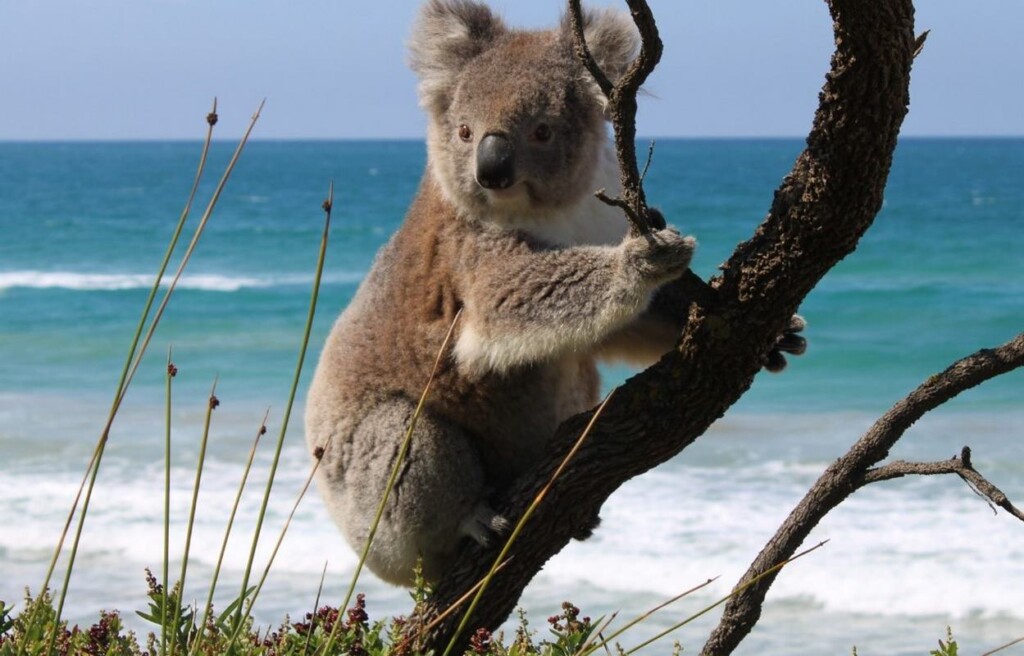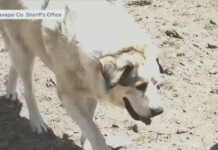
Down Under, there’s a massive campaign to connect 315,000 hectares, or 750,000, acres of coastal habitat for koalas in New South Wales into a single national park.
Now, a new logging ban to come into effect will protect 106 “hubs” across 8,400 hectares (21,000 acres) of forest where koalas in the wild are known to congregate in largest numbers.
It was a “historic step forward,” said Nature Conservation Council acting chief executive Brad Smith, describing the area as “the most important koala habitat in the world.”
The parcel is just one part, though key, of the 315,000 hectares that a coalition of conservation organizations is hoping to protect forever to ensure koalas can survive the eons.
Given the Moniker “Great Koala National Park,” the 315,000 hectares are currently split between conservation areas and state forest across an area the size of Yosemite. The GKNP would unify it all under a heavier level of protection.
Koalas need a particular kind of forest biome, one that lies close to the coast where real estate is often coveted. In this case, the 21,000 acres were saved from logging, another activity in these woods.
MORE ENDANGERED SPECIES NEWS: Heroic Dog Gets Award for Saving Over 100 Koalas From Australia’s Bushfires
NSW government mapping of koala habitat confirms the GKNP proposal would protect the most important koala habitat in the region.
Koalas are the only living member of the Phascolarctidae family, which makes them totally unique on this planet.
MORE AUSTRALIAN NEWS: Woman Lost 8 Days in the Australian Bush Survives to See Her 4 Children Again ‘It is miraculous’
Currently, only 58% of the GKNP proposal is protected from logging, and the coalition acknowledges that this latest ban is merely a step in the right direction.
GKNP estimates that it would cost the state around $1.5 billion to buy all the land and set up the park infrastructure, while the worldwide fame of having a place to come and be practically guaranteed to see koalas in the wild would add handsomely to the already $20 billion made every year in the state of New South Wales from nature tourism.
SHARE This Good News From Down Under With Your Friends…




















